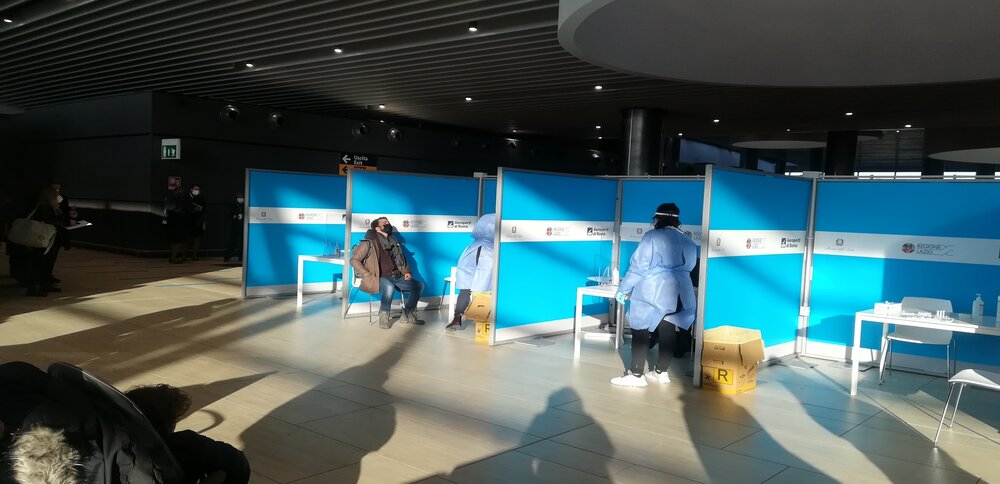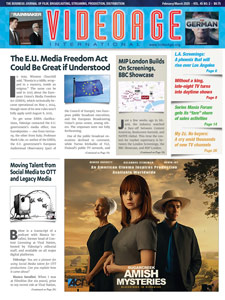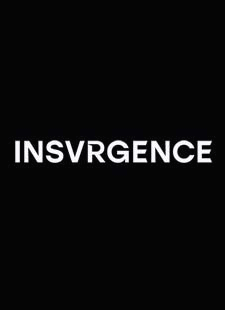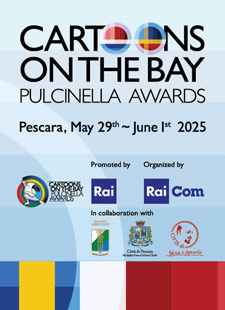Between requests for obsolete forms, unclear instructions from both the Italian Ministries of Health and Foreign Affairs’ websites, and out-of-date information on the Alitalia and (partner) Delta websites, traveling by plane these days — whether for business, necessity, or pleasure — from New York to Rome in the midst of a pandemic has not been easy.
Clearly, flying anywhere during the pandemic requires extra precautions, but if the Italian authorities and the airlines would use some common sense, and coordinate between the various parts of the chain so as to provide clearer instructions to travelers, flying COVID-free flights would cause much less anxiety.
The problems started immediately when attempting to purchase an Alitalia ticket from New York-JFK to Rome. It was quickly apparent that it would be better to contact Delta (even though the U.S. airline has suspended flights to Italy and relies on its partner Alitalia) because Delta operators answer the phone more promptly than Alitalia’s. COVID-free flights on KLM (also a Delta partner) are not practical options for time-sensitive connecting flights due to time-consuming COVID-testing requirements.
The second problem arose with the COVID-free self-certification forms that had to be downloaded from the Italian ministries’ websites, which didn’t correspond to those required by Alitalia. In fact, at check-in two copies of a new form were distributed (both of which were faded, had very small characters, and were nearly impossible to read and fill in). One copy was collected upon boarding, and the other was collected at passport control upon arrival.
Before reaching the check-in counter, passengers’ temperatures were taken, and a photocopy of their negative test results — obtained at least 48 hours in advance — was made. Passengers could also have had a rapid COVID test performed at JFK prior to boarding, but the instructions on where to do it were not clear, making it a less than practical alternative to testing prior to arrival at the airport.
Because of the negative COVID test requirement, the flight was categorized as COVID-free. And that designation led to the day’s first surprise. The Alitalia website had indicated that that particular flight in February was to be its last COVID-free flight. It was therefore booked by many travelers who sought safety, with the unexpected result being that there wasn’t any social distancing during the flight. This predicament clearly alarmed the crew, causing a reduction in on-board services (including beverage distribution and ensuring that passengers were wearing their masks correctly).
However, once the plane was in the air, passengers learned that COVID-free flights had been extended for another 20 days, and travelers realized that they could have taken other flights that would have allowed for more social distancing onboard.
Another surprising finding was that, contrary to the indications of the Italian ministries, passengers who held only U.S. passports were indeed able to enter Italy without problems.
After disembarking, all passengers went to the “rapid test” area, where more forms had to be filled out, and they had to wait on a number of different lines.
The first queue was to reach the attendants who recorded passport data and took the forms that passengers were given to fill out while on the flight. The attendants entered that data into the computers, then returned the forms and gave each traveler a ticket number. The second queue was for the “rapid test.” Doctors and nurses (as shown in the above photo) manned that area, testing each and every person who came off the plane.
Travelers then had to show passports and forms again. After the test was taken passengers had to wait 15 minutes in the same room for their numbers to be called in order to collect a form signed by the doctor signing off on the negative test results that would allow them to skip quarantine.
Finally, passport control was reached. There, the form that was filled in at the departure check-in area was collected. And, after picking up their luggage, passengers could exit or go on to their connecting flight areas. For a traveler in transit, to Milan-Linate, for example, an additional COVID-free form had to be filled out upon boarding a new flight that would once again not be social distanced.
In total, six different forms were needed for a New York-to-Milan flight with a stopover in Rome-Fiumicino, while it would have been much more logical (and safer) to require only one (that attested to passengers’ COVID-free status at departure), with the additional requirement of a “rapid test” three days after arriving in Italy (in case of potential infection on the plane). Strict social distancing should also have been implemented on board.












Leave A Comment